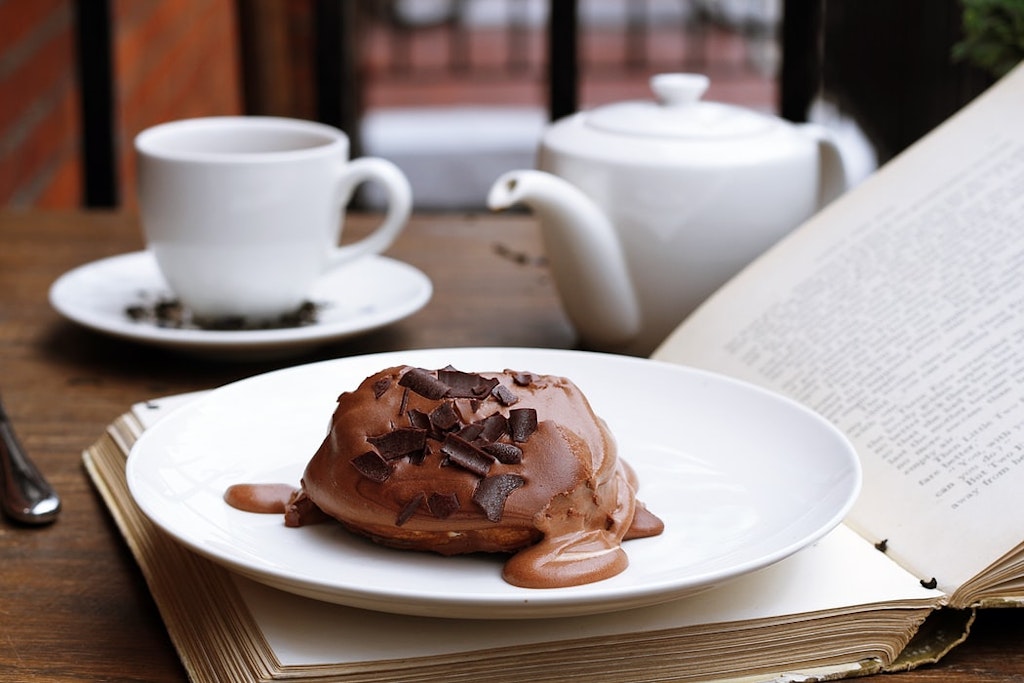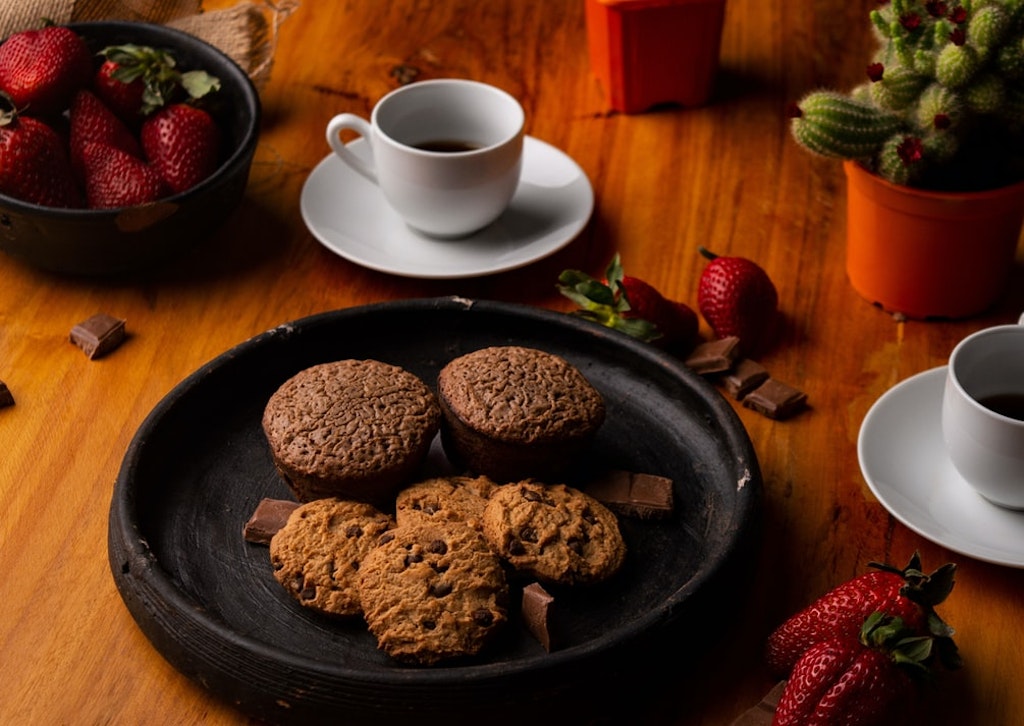Let’s talk tea.
From keeping you awake for that important presentation with board directors the next day to reminding you to slow down in life and deal with it one sip at a time, tea is a true saviour. If someone let me I’ll write a whole thesis about why tea is the best gift to mankind but before that, let’s take a look at how people from around the world take their tea—all kinds of flavourful twists you can add to your tea this international tea day.
Britain’s black tea

Someone said “In England, everything stops for tea” and you can’t prove otherwise. The age-old etiquette of Afternoon Tea is what motivates them to get out of their bed every single day. They pushed their evening meal to 8 pm to leave room for “the 4 pm tea”, taken with savouries and cake. Someone also said “Tea to the English is really a picnic indoors” and what’s a picnic if not accompanied by a whole bunch of things? In this case, tea leaves (tea bag is a no-no!), light milk, sugar cubes, fancy cups, matching tea pot, saucers, tea strainer, napkins, cakes, tea table and also, let’s leave it here. Now how they take their tea—the tea is left to brew longer, with tea leaves and not tea bags. They then take their tea black and strong, without milk, or a splash of milk sometimes.
India’s beloved chai

If Indians like you a bit too much, they might say “You are the Parle-G to my chai”. Trust me, no one can love you more than an Indian who compares you to chai. Most of the revolutions and life transformations start at our tea kadai (shop) bench chats and over time, tea and leisure time seamlessly ended up synonymous. If only Indians get a nickel every time they experiment with a new flavour to their tea! Indians’ tea heals, not magically but through farm-to-table ingredients. When the hot cup of milk is ready and boiling with tea powder (yes, milk first), sometimes we grate fresh ginger into it generously or toss in a few finely beaten elaichis (cardamoms). There are times when we get excited and make a heavy custom masala chai (herbal tea) with dried ginger, cinnamon, cloves, and pepper. We will choose masala and tulsi chais (basil tea) any day. Rest all is just fancy!
Turkey’s cay

Turks consume the most tea in the world. If that doesn’t speak much, this should: They boil fresh tea leaves at the bottom vase of a double-decker brass semaver while the top secures tea steam from escaping. Each and every bit counts, they say. Thus Turkish take meticulous effort just to savour every bit of goodness and that doesn’t stop with tea. They brew coffee in a hot sand base because sand contains the heat evenly and the coffee beans quickly settle at the bottom leaving foamy, thick coffee essence at the top. They take their tea very strong (koyu) or light (açık) in a transparent, tulip-shaped tea glass or armudu, which doesn’t have a handle like their Western counterparts. They have heat-protective rims to prevent finger burns, and the tea is taken while hot. The glasses are typically very small and Turks will keep pouring tea as you finish the portion. Place the teaspoon on top of the glass to indicate you’re done for the evening.
Quirky fact: Turks place beetroot sugar cubes in their mouth while drinking tea instead of adding it directly in the tea. This they believe makes the tea flavourful to the last sip.
Argentina’s mate tea

If anything that Argentines’ life revolves around, it’s mate tea. Herbal tea lovers pay attention, this Latin American tea is made by crushing fresh yerba mate leaves into hot water and drunk with a bombilla (metal straw). Ubiquitous in Argentina, Bolivia, Chile, and Uruguay, mate tea is rather a ritual intertwined in Argentina’s social fabric. The unfiltered tea is poured into thermos flasks and savoured without disturbing the sedimented leaves. The essence is not lost until nearly 10 refills, with the same flask and straw being passed among everyone in the gathering. It promotes self-care, sharing, and reminds to slow down and appreciate the fine things in life with people you love the most. The final slurping noise and reduced flavour mean the ritual is over. Then what? Time for more mate, mate!
Russia’s zavarka

Nobody:
Russians: Vodka and tea are life!
No matter how many rosemary and green tea bags are stacked in supermarket tea sections, dare a Russian to pick anything other than Keemun or Oolong. They won’t, and they prefer loose tea leaves any day over tea bags. They fill almost the entire water in Turkish-like semavers with a high zavarka (tea concentrate) of tea leaves to make the tea stronger. Death-stronger. Although they like their tea black, they serve it to guests with milk, sugar and leave the choice to them. Tea culture is more predominant in Russia than dining out and a Russian host is more likely to invite you for a cup of tea than meeting out. Expect more than tea, as in Russia people take their tea with lots of delicious accompaniments—from nutty tea cakes to flavourful borodinsky bread.
In the mood for more than tea? Read more: Wellness rituals from around the world you should try during quarantine



